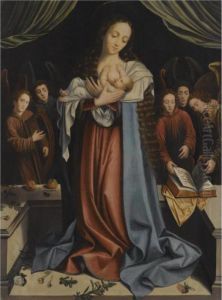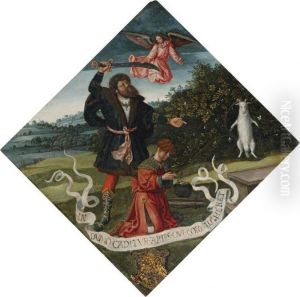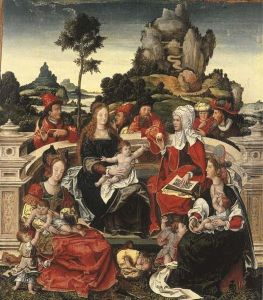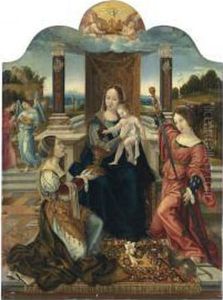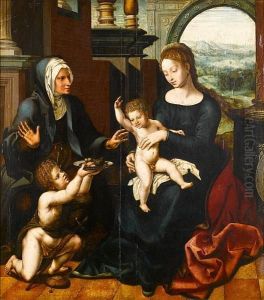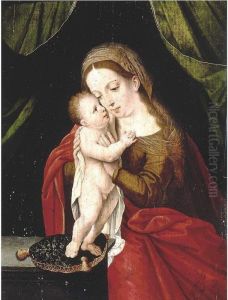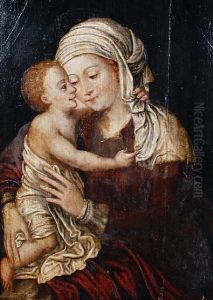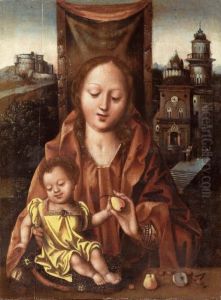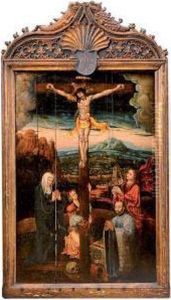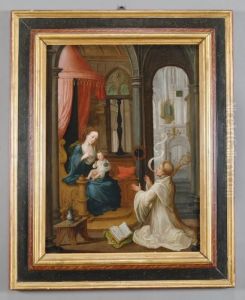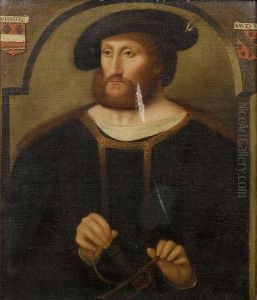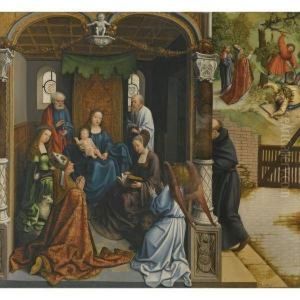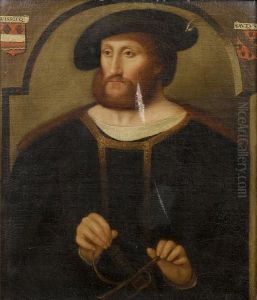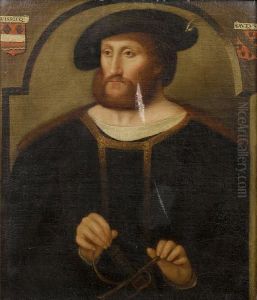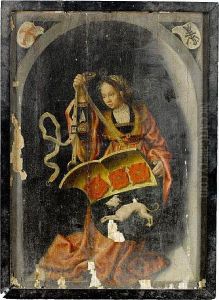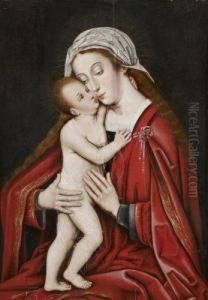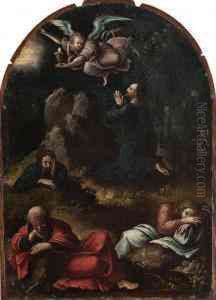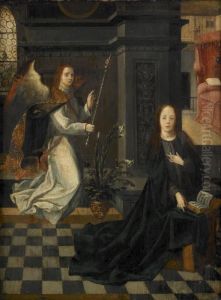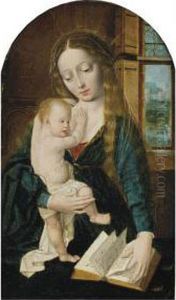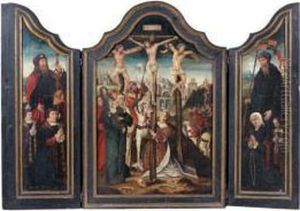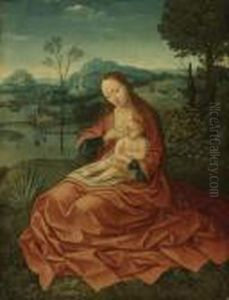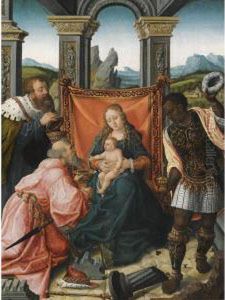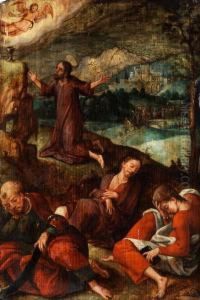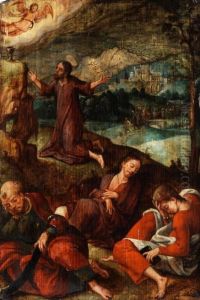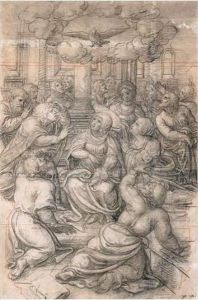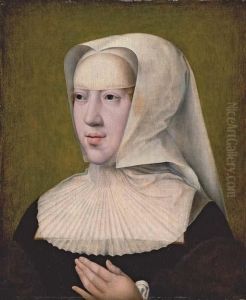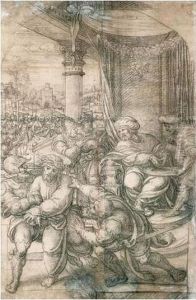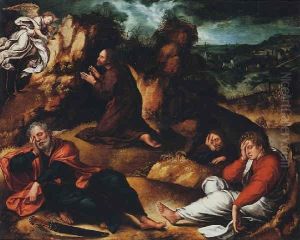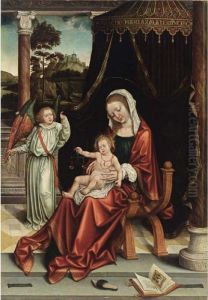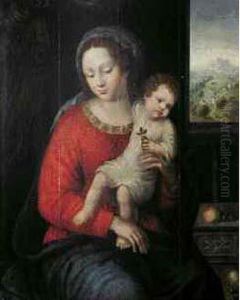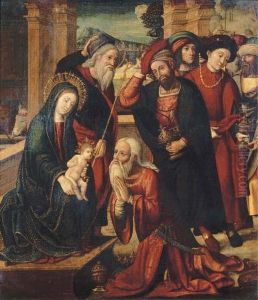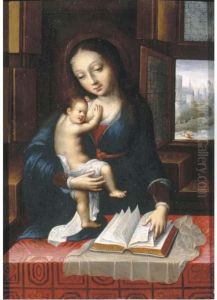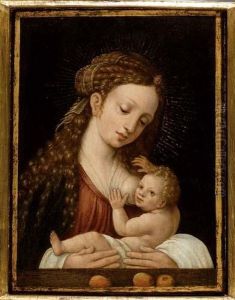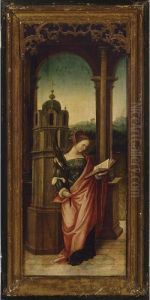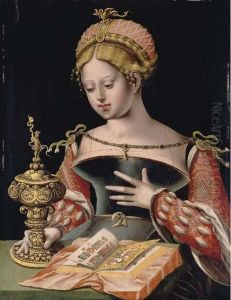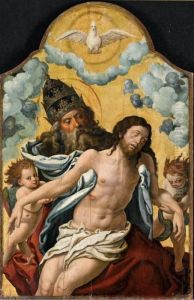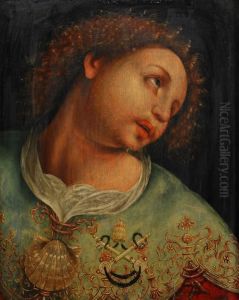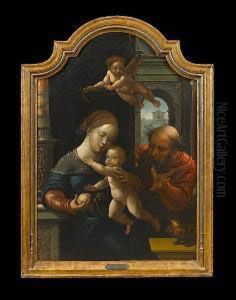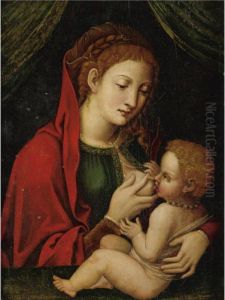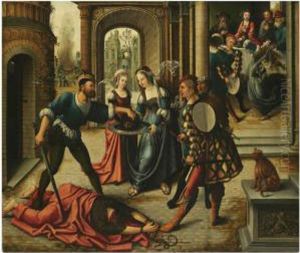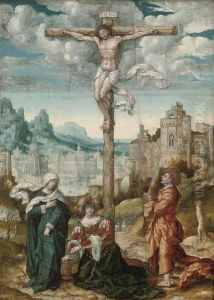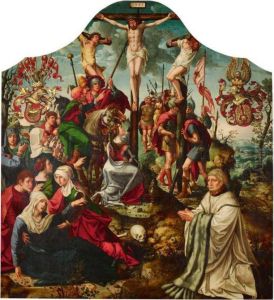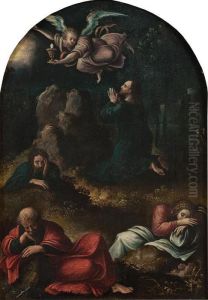Barend Van Orley Paintings
Barend van Orley, also known as Bernard van Orley, was a pivotal figure in Northern Renaissance art, celebrated for his significant contributions to painting and tapestry design. Born around 1488 in Brussels, which was then part of the Habsburg Netherlands, van Orley hailed from a family of artists, with his father Valentin van Orley being a prominent painter and designer himself. This familial background provided van Orley with an artistic foundation that he built upon throughout his life.
Van Orley likely received his initial training from his father, and he may have also studied under leading artists such as Raphael. By the early 16th century, he had become a master in the Brussels painters' guild, and his work began to reflect the influence of the Italian Renaissance, which he skillfully integrated with Northern European artistic traditions. He was particularly adept at portraiture and religious scenes, employing a vivid sense of color and detail that became hallmarks of his style.
In 1515, van Orley was appointed as the court painter to Margaret of Austria, Regent of the Netherlands, and later served her successor, Mary of Hungary. This prestigious position allowed him to work on a variety of projects, including altarpieces, portraits, and designs for stained glass windows. One of his most notable works from this period is the 'Job Altarpiece,' which exemplifies his mastery over complex compositions and his ability to convey narrative through art.
Van Orley's work in designing tapestries is also of great significance. He collaborated with the famous Brussels tapestry workshops, where his designs were transformed into luxurious woven artworks that were sought after by the nobility across Europe. His tapestries often featured intricate details and utilized rich color palettes, setting a high standard for the medium.
Despite his success, little is known about van Orley's personal life, and his later years seem to have been marked by financial difficulties. He continued to produce art until his death in 1541, leaving behind a legacy that would influence generations of artists in the Netherlands and beyond. Van Orley's work is characterized by a unique blend of Northern realism and Italianate elements, making him a key figure in the transition from the Gothic to the Renaissance style in Northern Europe.
